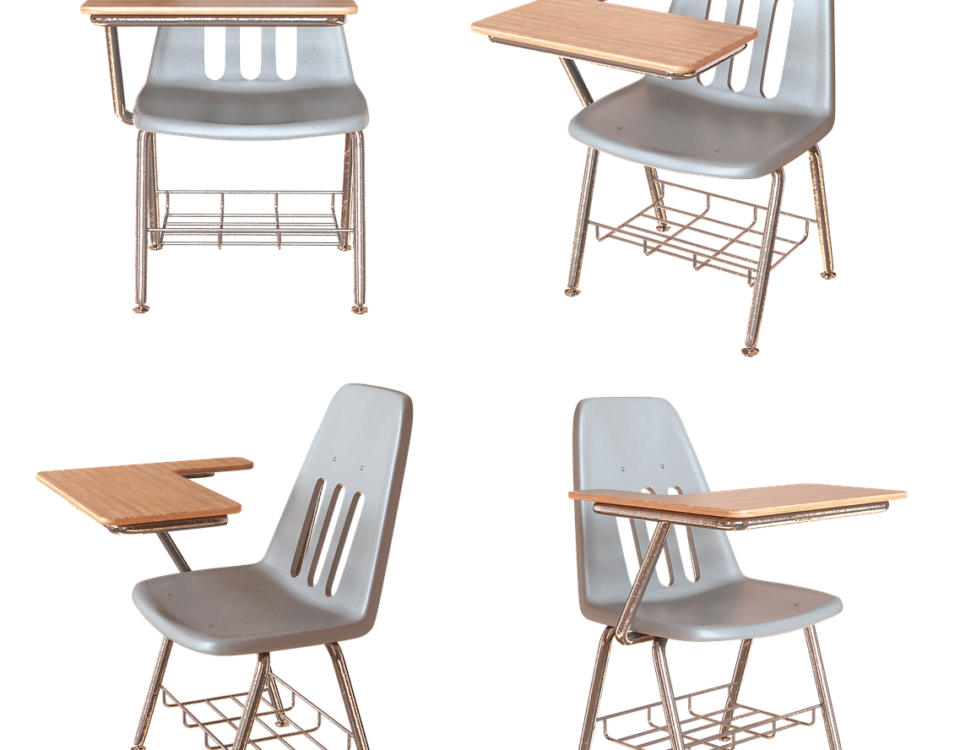The Process of Photocuring Stereolithography (SLA) Prototyping

Composition of Photopolymer Resins
February 12, 2025
Resin Shrinkage Deformation in Photocuring Stereolithography (SLA)
February 12, 2025Photocuring stereolithography (SLA) is a highly precise 3D printing technology commonly used in prototyping. The process can be divided into three key stages: pre-processing, prototype fabrication, and post-processing. Below is a breakdown of each stage and its importance in ensuring a successful SLA production.
1. Pre-Processing Stage
The pre-processing phase is crucial for preparing the data required for the prototype’s creation. It involves multiple steps such as converting CAD models, setting the orientation, adding support structures, and slicing the model into layers. Let’s explore each step in detail:
(1) CAD 3D Modeling
The foundation of any SLA prototype begins with creating a 3D digital model. CAD (Computer-Aided Design) software, such as UG, Pro/E, or Catia, is used to design and represent the product in 3D. Without a digital CAD model, it’s impossible to drive the rapid prototyping process. These models serve as the core source data for subsequent stages.
(2) Data Conversion
Once the CAD model is ready, it must be converted into a format that the SLA machine can interpret, usually the STL (stereolithography) file format. In this step, the continuous surface of the model is approximated by a mesh of small triangular facets. The precision of the STL file generation is critical, as it impacts the final quality of the prototype. Most CAD systems support STL output for this purpose.
(3) Determining the Orientation
The orientation of the model during the printing process significantly affects not only the printing time and efficiency but also the quality of the final product. Typically, a smaller dimension of the model should be chosen as the layering direction to reduce print time. However, to improve precision on specific features, like key dimensions or shape accuracy, it might be necessary to orient the model differently. Sometimes, tilting the model can help minimize support material usage and simplify post-processing.
For example, in the case of a small handle prototype, the orientation might be set vertically to ensure precision in the diameter of the axle and inner hole dimensions, while minimizing the amount of support structure needed by positioning the larger end downward.
(4) Adding Supports
Support structures are necessary when parts of the model hang unsupported during the printing process. In SLA, the areas not exposed to the laser beam remain liquid, making them unstable without additional support. Support structures help stabilize these parts, ensuring that the model can be successfully printed.
Support can be manually added, or software can automatically generate it. While automatic support addition is efficient, it often requires manual verification and adjustments. To ensure easy removal of supports and achieve high-quality surface finishes, modern support structures are often point supports, which contact the model only at small points.
Supports are designed not only to stabilize the model during printing but also to prevent warping and distortion. Once the model is completed, the support structures are carefully removed to reveal the final product.
(5) Slicing the Model
Once supports are applied, the model is sliced into thin layers that the SLA printer can process. This slicing step creates the SLC (Stereolithographic Layered Construction) files that guide the printing machine to build the prototype layer by layer. The slicing process defines the thickness of each layer and the paths for the laser to follow during curing.
2. Prototype Fabrication
The SLA process itself is carried out on specialized SLA equipment. Before starting the printing process, the resin material is pre-heated to the appropriate temperature, and the system stabilizes the laser. Once the printer is ready, the control software reads the sliced data files and initiates the printing process.
Typically, the printer’s software controls the curing parameters, and adjustments are only made for special structures or variations in laser energy. Before beginning the print, the machine calibrates the position of the work table and resin surface to ensure that the model will adhere securely during printing.
The entire fabrication process is fully automated, with the system precisely controlling the curing process and layer creation. Once all layers are printed, the system halts automatically, signaling the end of the prototyping phase.
3. Post-Processing Stage
The post-processing phase is where the final finishing touches are applied to the prototype. This includes cleaning, removing support structures, post-curing, and sometimes sanding to smooth the surface.
(1) Initial Cleaning
After the model is printed, the work table lifts the prototype above the resin bath and allows it to air dry for 5–10 minutes. This step ensures that excess resin on the surface is removed, and any remaining liquid resin inside the model is drained.
(2) Washing
The prototype is then removed from the build plate and placed in a cleaning solution, such as acetone or alcohol. This step helps to remove any residual resin that remains on the surface. Gentle agitation or brushing may be used to ensure thorough cleaning.
(3) Support Removal
Once cleaned, the support structures are carefully removed. This can be a delicate task, especially when working with fine details. Care must be taken to avoid scratching or damaging the model during the removal process.
(4) Post-Curing
After cleaning and support removal, the prototype undergoes post-curing in a UV oven. This step further strengthens the model and ensures its durability by allowing the resin to fully harden. Some less demanding prototypes might skip this step, but for high-performance models, post-curing is essential.
Conclusion
The process of photopolymerization-based rapid prototyping involves careful pre-processing, precise fabrication, and thorough post-processing to ensure that high-quality prototypes are created. By paying attention to each stage, from CAD modeling and data conversion to support generation and post-curing, manufacturers can produce prototypes that meet the required performance and quality standards for a wide range of applications. The SLA process continues to be a cornerstone of rapid prototyping, driving innovation in industries such as automotive, aerospace, healthcare, and product design.


